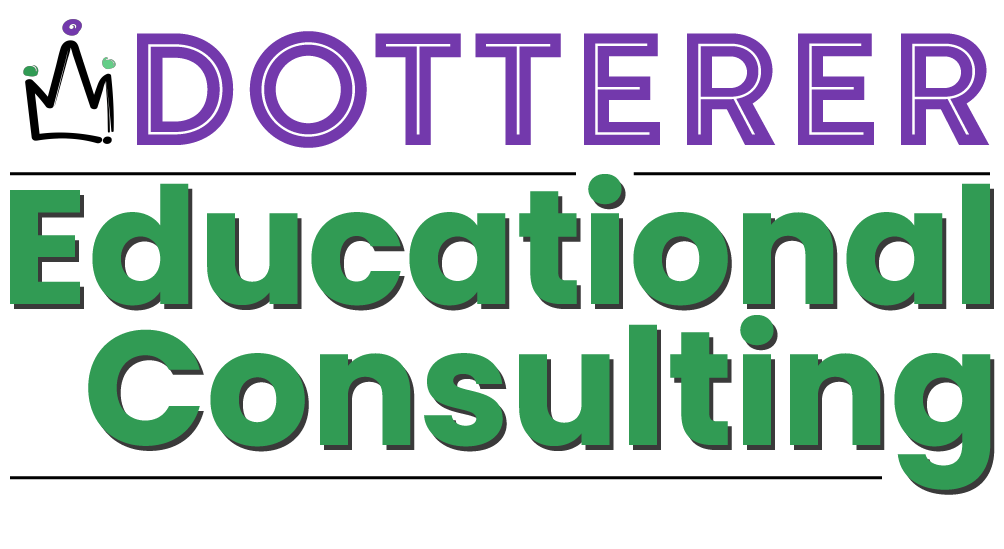Save Time
Save Money
Reduce Anxiety
Streamline Your Interventions
Handwriting Brain-Body DisConnect helps educators and therapists understand the children with handwriting challenges in their classrooms and clinics. In addition, parents have the words to tackle dysgraphia with other stakeholders in their child’s life.
This groundbreaking book delineates students’ struggles in six major categories to streamline their interventions and remediate dysgraphia in a much shorter time.
Identify the social-emotional barriers to learning because of handwriting challenges.
How many of your students suffer every day because they struggle with handwriting?
Educating struggling students among those without difficulties is daunting.
This book has helped teachers, parents, occupational therapists, and other school professionals make sense out of this phenomenon called dysgraphia.
From Response to Intervention to the Individualized Education Program, you will discover strategies to put in the mental toolbox that you can use at a moment’s notice.
Be the Dysgraphia Authority your school needs!
Discover the Types of Dysgraphia today!
- Visual-Spatial
- Motor
- Memory
- Word Formation
- Sentence Formation
- Paragraph Formation
Literacy = Reading (sensory) + Listening (sensory) +
Oral (motor) + Writing (motor) + Keyboarding + STEAM
Back Cover
School is tough enough when you know how to write. Imagine being one of the 33% of students who struggle with writing letters and numbers. This inability or difficulty is called dysgraphia. Children who suffer from dysgraphia often earn the reputation of being lazy or dumb. However, these children, like all children, want to succeed. They do not need to live lives of frustration and anxiety and a constant feeling of failing the adults they respect.
For over a decade, Cheri Dotterer has observed children with these challenges in school systems across the world. She witnessed their struggle with not only writing but also the challenging behaviors due to their feelings of defeat from the frustration. While experiencing writing challenges as a child and becoming a professional in occupational therapy with a specialty in dysgraphia, Cheri discovered a powerful process that reduces anxiety and frustration and builds confidence and competence. In this book, you will discover:
- How the brain and body work together to create neural pathways for learning
- How different environmental features interfere with learning
- How to incorporate movement strategies into teaching both spelling and vocabulary in the regular education classroom
- How to discuss goals, accommodations, and modifications for special education Individualized Education Programs (IEP) or 504 plans.
Eliminate stress today by including these adaptive techniques into your classroom and home today!
“Read it cover to cover today. An excellent way to organize information in a clear easy to understand “readable: format! I am 17 years of school-based OT and learned so much about the subtypes! I will be sure to recommend it to every teacher. Mandatory summer reading!”
“I am so appreciative of the work you have done in this field. Your book has been a gamechanger in helping me understand the challenges my son face and how to help him thrive. It should be required reading for all educators.”
“I recently bought your book, Handwriting Brain-Body Disconnect and I find it absolutely brilliant and so informative. I have been a Paeds OT for the past four years and I did not know there were so many elements of dysgraphia. I come across lots of children that just don’t fit a dyspraxia diagnosis, but there is something going on with their handwriting. Your book has really opened my eyes to difficulties a child with dysgraphia has on a daily basis.”

